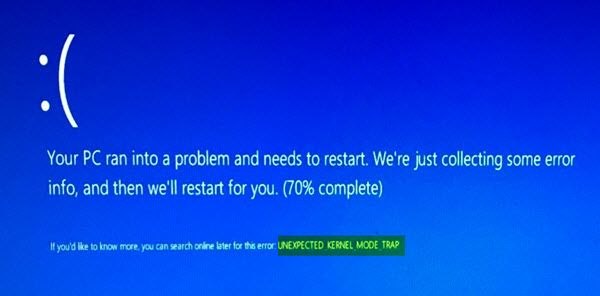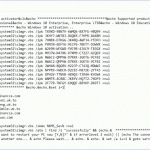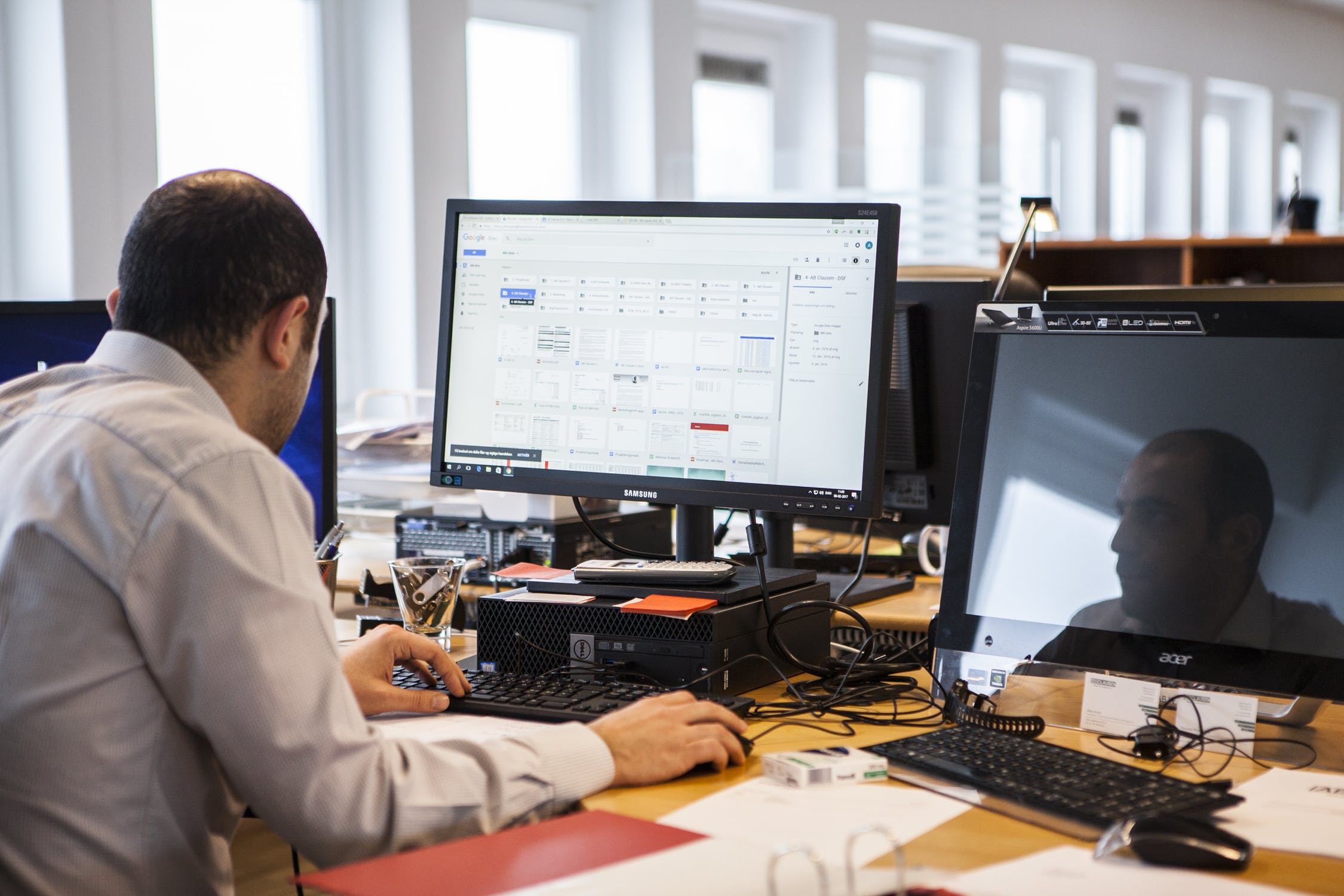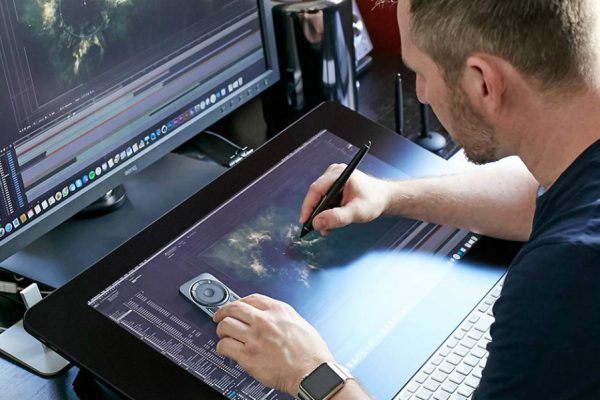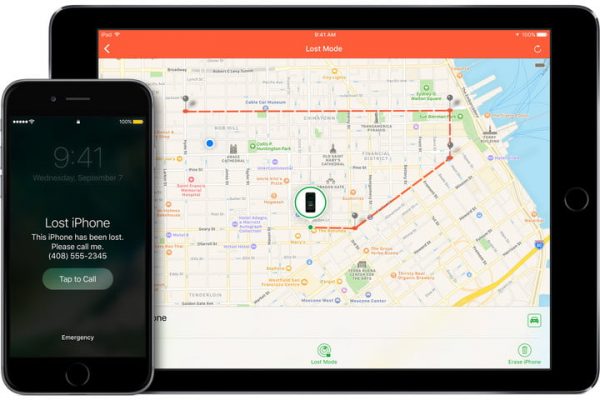Windows 10 may give its prototype many features, but instability is not one of them. The latest arrival of Windows is more stable than previous unexpected kernel mode trap. With fewer crashes, and the delivery of blue screens (BSOD) and unimaginable bugs can be managed.
This does not mean that BSOD and accidents are not entirely unimaginable, and Windows 10 will occasionally experience the adverse effects of BSOD under any circumstances. Perhaps the most real of these is the surprising parting trap BSOD, which may be challenging to repair. If you need to be aware of how to solve the sudden partial pattern trap BSOD, this is what you need.
Table of Contents
What causes an unexpected kernel mode trap BSOD error in Windows 10?
Just like the BSOD with the stop code “Basic Interaction Passed” and other accurate BSOD errors, the surprising segmented mode trap BSOD can be challenging to clear. Most clients usually happen when Windows distinguishes an inconsistent device (makes it stop working).
Try not to freeze-this does not mean that there is a significant problem with your PC device because programming or driver conflicts may also make it appear. If the gadget driver is the opposite or outdated, it may lead to unforeseen part of the mode trap BSOD.
The same can be achieved by over clocking the CPU or GPU. It can protect your device from over clocking, but if the CPU’s driving distance is too long, it may cause instability (resulting in BSOD situations). Some online clients also announced the antivirus and malware programming that caused the unexpected kernel mode trap, highlighting further programming conflicts.
In general, researching device and gadget drivers will solve the BSOD problem. If not, you will need to research different arrangements, including checking the device for defects or reinstalling Windows.
If it is the cause of the device problem, then replacing the driver will not help. You must consider overhauling your PC and replacing essential parts such as the motherboard or CPU to solve any equipment problems.
Update Windows and device drivers
Microsoft always provides new updates for Windows 10, from minor updates every Tuesday to major new frameworks offered several times a year. If you encounter unforeseen BSOD errors in some mode traps, then a simple solution (especially for the possibility of closing product problems) is to check the framework and driver refresh.
The driver is the part of the product that allows Windows to associate with your device. Without the driver’s correct setting, your computer will not work correctly, resulting in BSOD errors and crashes. You can check for new updates (counting driver refresh) from the Windows settings menu.
First, right-click the Windows “Start” menu and select the “Settings” option. This will open the Windows settings menu.
In the Windows Update menu, select “Check for Updates.” After a while, choose to download (or download and install) to start the download and put in the new update.
Therefore, Windows will download and put in new updates, including driver refreshes. You complete the interaction by right-clicking on the “Start” menu and selecting “Shut down” or “Restart”> “Restart.”
Check the manufacturer’s website for the updated unexpected kernel mode trap version.
Windows should naturally discover and introduce continuous drivers for the device but usually does not include the latest accessible drivers. Some manufacturers, including design card manufacturers, released new drivers more quickly.
To ensure stability, Microsoft will deliver these drivers through Windows Update as long as they prove stable. If your framework is carried with you, anyway, introducing the original driver from the producer’s site may solve this problem.
For example, NVIDIA provides new drivers to add highlights or backgrounds to newly designed cards or games. If you introduce a shiny new design card, you must also submit a new driver to coordinate.
Windows will try its best to introduce the coordination driver when it is built, but if it cannot (or if the driver is too old), BSOD errors may occur, such as the surprising partial mode trap BSOD. Although introducing a new driver is not a magical way to solve the problem, it should help some customers solve it.
Export corrupted system files.
The sudden segmented mode trap BSOD error is usually a device or driver problem, but it does not rule out Windows itself. Damaged documents affecting parts (calculation of ntoskrnl.exe part metrics) will cause accidents and BSOD, so the best way to solve this problem is to filter (and fix) adulterated frame records.
Windows PowerShell (Admin) option. This will open another PowerShell terminal.
In the PowerShell window, type SFC /scannow. This will run the SFC cleaning device, which will naturally repair any adulterated frame documents. Whenever it is done, check your circular drive for errors by writing chkdsk /r.
If Windows (and your frame driver) does not report any issues, you will need to pass a test device and use Windows’ BSOD investigation tool for more in-depth exploration.
Run the BSOD troubleshooting tool
The Windows troubleshooter is another extension of Windows 10 that allows you to identify and solve problems in various Windows frameworks quickly.
To run the BSOD Investigator, right-click on the “Start” menu and select the “Update and Security” option. From this point onwards, select “Troubleshooting”> “Other Troubleshooters” and then “Blue Screen”> “Run Investigator” to start the Investigator. If you have no chance to choose “blue,” please select “hardware and equipment.”
The BSOD researchers will check and check your framework for errors. Follow all other instructions on the screen to determine any problems it can identify.
Check your PC unexpected kernel mode trap.
If your device is defective, then refreshing the driver or running Windows Investigator will not help. You must further investigate the equipment, observe whether it is in the proper working condition, and replace it if necessary.
This can be not easy to analyze, especially if you don’t have additional equipment to test. If your PC is running, you can run a startup-level test program, such as MemTest86 (for RAM testing) or PassMark (for CPU and another device testing).
Similarly, you should also inspect the inside of the PC, remove the residue from the chassis and chassis enthusiasts, and check that the parts and wires are inserted correctly. Bare wires or dusty terminals may be enough to cause BSOD errors, so before you compete for replacement parts, please check that everything has been correctly connected.
Subsequent stage
BSOD errors may be difficult to fix, but if you see a surprising partial pattern trap BSOD error on your Windows 10 PC, you can usually follow the above methods to fix it. Refreshing the driver and checking the device for problems will solve most customers, but there is no guarantee.
This may not be enough, so don’t rule out the possibility of redesigning PC parts. Nonetheless, you may need to reinstall Windows before performing this operation, which will help eliminate any conflicting programming or driver issues.
How to solve unexpected kernel mode traps?
Please follow the steps below to open the BIOS menu and disable “Cache Memory” to test whether 0x0000007F appears afterward:
Restart your computer.
Press F2 or Del to enter the BIOS setup program. Note the button guide in the upper right corner.
Go to the advanced menu.
Select the cache.
Make sure it is disabled.
Press F10 to save and exit.
Choose yes.
What does an unexpected kernel mode trap mean?
The UNEXPECTED KERNEL MODE TRAP error is an error, indicating that the CPU has generated a trap. The kernel cannot or does not allow its capture, or the system is in an unrecoverable error. The error will affect Windows 10, Windows 8, and Windows 8.1 systems.
What is a kernel trap?
Traps usually result in a switch to kernel mode, where the operating system performs specific actions before returning control to the actual process. …In some usages, the term trap refers explicitly to an interrupt intended to initiate a context switch to a monitor or debugger.
What are user mode and kernel mode?
The processor in a computer running Windows has two different modes: user mode and kernel mode. The processor switches between the two ways according to the type of code running on the processor. Application programs run in user mode, while core operating system components run in kernel mode.
Is the kernel security check failure a virus?
If there is a virus, take the necessary measures to delete it from the computer. Yes, a failed kernel security check will show a BSOD, but don’t be intimidated by it. This error occurs due to various reasons, such as memory problems, viruses, driver incompatibility, and hard disk failure.
FAQ OF unexpected kernel mode trap
Why do we need kernel mode?
Seven answers. In kernel mode, the execution code has complete and unrestricted access to the underlying hardware. It can execute any CPU instruction and reference any memory address. Kernel mode is usually reserved for the lowest level and most trusted functions of the operating system.
Is it a good idea to run all programs in kernel mode?
It will have more privileges in kernel mode and can read and write user space and kernel space. …So there is no direct way to get code in user space executing in kernel mode. However, the kernel code may jump to an address in userspace, which is not a good idea.
What if the kernel-mode driver generates an unhandled exception?
Exceptions that occur in kernel-mode code are more severe than user-mode exceptions. If the kernel-mode exception is not handled, an error check will be issued, and the system will stop. …If the debugger is not connected, an error check screen will appear. In this case, the operating system may create a crash dump file.
How to resolve kernel errors?
Fix #4: Clean boot
Start Windows.
Click Start, then type msconfig in the search box or open Run>type msconfig.
Press Enter.
Go to the General tab.
Select the “Selective Startup” radio button.
Uncheck the “Load Startup Items” checkbox.
Go to the Services tab.
Check the Hide all Microsoft services check box.
How to fix unexpected storage exception of stop code?
You can do the following:
Right-click the start button and select Command Prompt (Administrator).
In the command prompt window, type SFC /Scannow and press Enter. Note: There is a space between “sfc” and “/.”
The system file checker tool will scan for damaged files and then repair them.
How to stop the blue screen?
(BSOD) and stop errors
Restart the computer or restart the computer. …
Scan the computer for malware and viruses. …
Run Microsoft Fix IT. …
Check if the RAM is correctly connected to the motherboard. …
Hard disk failure. …
Check whether the newly installed device causes the blue screen of death.
How to get rid of the blue screen on Windows 10?
The first thing to do – fix the blue screen
Right-click on this PC.
Go to properties.
On the left, click “Advanced System Settings.”
Under Startup and Recovery, click Settings.
Now, under “System Failure,” uncheck the “Automatic restart” checkbox.
Click OK to save and continue.
How to update all my driver’s Windows 10?
Update drivers in Windows 10
In the search box on the taskbar, enter Device Manager, and then select Device Manager.
Select a category to view the device’s name, and then right-click (or press and hold) the device you want to update.
Choose to search for updated driver software automatically.
Select Update Driver.
What is the difference between interrupt and trap?
The main difference between traps and interrupts is that mines are triggered by user programs to call OS functions. In contrast, interrupts are triggered by hardware devices to allow the processor to execute the corresponding interrupt handler routines. The operating system is event-driven.
FAQs
Q1: What is an unexpected kernel mode trap error?
- An unexpected kernel mode trap error is a critical system error that can occur on Windows operating systems. It typically indicates a problem that has occurred in the kernel mode of the operating system, which manages hardware and software resources.
Q2: What causes an unexpected kernel mode trap error?
- An unexpected kernel mode trap error can be caused by a variety of factors, including outdated or corrupt device drivers, faulty hardware, malware infections, software conflicts, and system changes.
Q3: How can I fix an unexpected kernel mode trap error?
- To fix an unexpected kernel mode trap error, you can try updating or reinstalling device drivers, running a malware scan, checking hardware components, looking for software conflicts, and performing a system restore. If none of these steps works, you may need to seek professional help or consider reinstalling the operating system.
FAQs
Q1: What is an unexpected kernel mode trap error?
- An unexpected kernel mode trap error is a critical system error that can occur on Windows operating systems. It typically indicates a problem that has occurred in the kernel mode of the operating system, which manages hardware and software resources.
Q2: What causes an unexpected kernel mode trap error?
- An unexpected kernel mode trap error can be caused by a variety of factors, including outdated or corrupt device drivers, faulty hardware, malware infections, software conflicts, and system changes.
Q3: How can I fix an unexpected kernel mode trap error?
- To fix an unexpected kernel mode trap error, you can try updating or reinstalling device drivers, running a malware scan, checking hardware components, looking for software conflicts, and performing a system restore. If none of these steps works, you may need to seek professional help or consider reinstalling the operating system.

